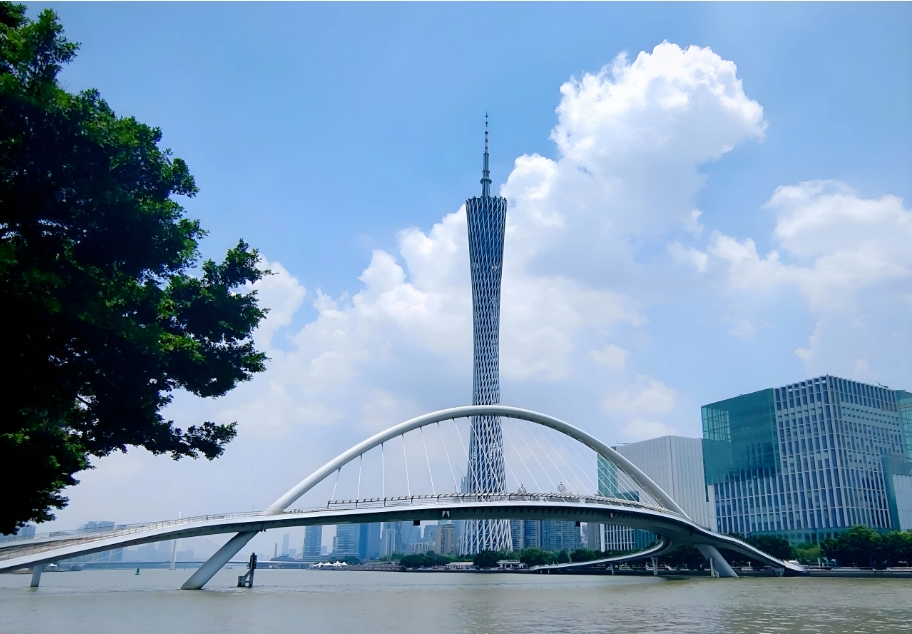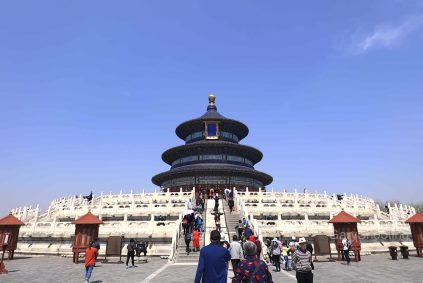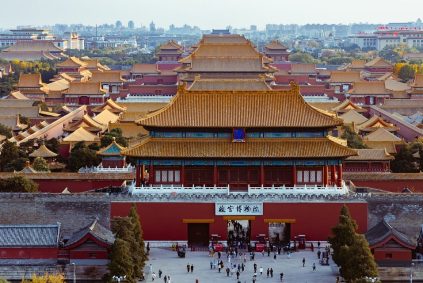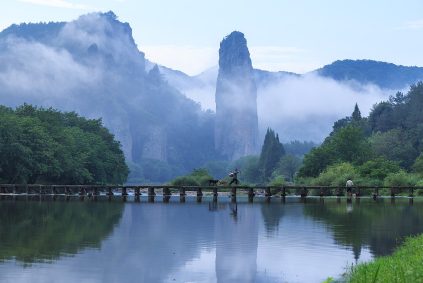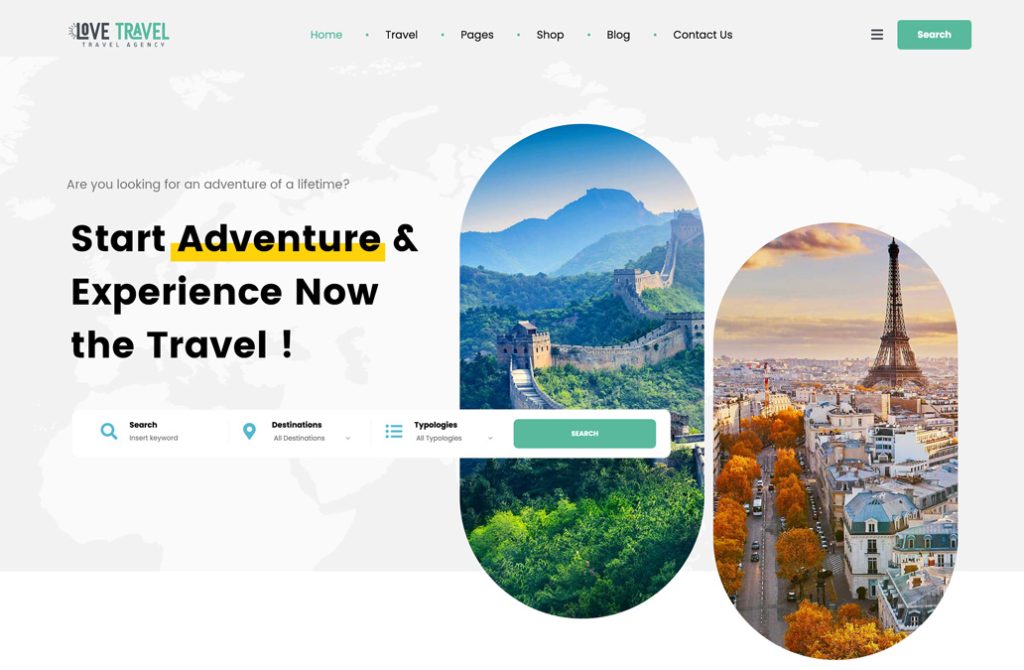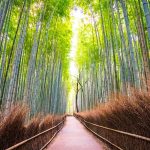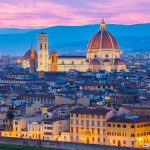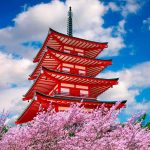Guangzhou’s Herbal Tea Culture: A Journey Through Tradition and Innovation
Historical Roots: From Ancient Remedies to Cultural Heritage
The story of Guangzhou’s herbal tea culture begins over 1,700 years ago, when East Jin Dynasty scholar Ge Hong migrated to Lingnan to study medicinal herbs amidst a malaria epidemic. His experiments with local flora laid the foundation for herbal tea formulations, blending中医养生理论 (traditional Chinese health principles) with regional climate adaptations. By the 19th century, Wang Zebang revolutionized the practice by opening Guangzhou’s first herbal tea shop, standardizing recipes and popularizing terms like “heat-clearing” and “dampness-dispelling” to guide consumption.
Despite disruptions during the Cultural Revolution, which destroyed many traditional tea houses and artifacts, the culture persisted in Hong Kong and Macau. Today, it thrives as a UNESCO-recognized intangible cultural heritage, with 16 brands and 54 formulas preserved through generations. The Guangdong Herbal Tea Museum, located in Guangzhou’s Science City, serves as a living archive, housing centuries-old copper brewing pots, medicinal scales, and handwritten recipe scrolls that trace the evolution of this folk wisdom.
Interactive Exploration: Hands-On Learning for All Ages
Modern museums and cultural centers in Guangzhou have transformed herbal tea appreciation into an immersive, family-friendly experience. At the Guangdong Herbal Tea Museum, visitors can:
- Become a “Little Herbalist”: Children engage with interactive touchscreens to identify ingredients like honeysuckle, chrysanthemum, and licorice root. Through role-play, they learn to weigh, grind, and package herbs into personalized sachets, fostering curiosity about botanical medicine.
- Non-Fiction Storytelling: Animated short films depict the origins of iconic blends like “Twenty-Four Flavors” and “Spot Removal Tea,” using relatable narratives to explain how herbal teas address common ailments like sore throats and indigestion.
- DIY Workshops: Participants craft custom herbal tea bags or blend ingredients for traditional recipes like Luohanguo Five-Flower Tea (made with loquat, kapok, and jasmine). These activities, often requiring advance booking, culminate in taking home their creations, bridging education and practical application.
The museum’s design mirrors classic Lingnan tea houses, with red-tiled walls, wooden cabinets, and ceramic brewing vessels creating a nostalgic ambiance. Even the rest areas serve herbal infusions like monk fruit sweet tea, subtly introducing visitors to milder flavors before they brave the bitterness of “Spot Removal Tea.”
Craftsmanship and Science: The Art of Brewing
Herbal tea production in Guangzhou adheres to a meticulous seven-step process honed over centuries:
- Cutting and Grinding: Herbs are broken into smaller pieces to maximize surface area, ensuring efficient extraction during brewing.
- Precise Weighing: Strict measurements prevent over- or under-dosing, which could disrupt the tea’s balancing effects.
- Soaking: Herbs are steeped to activate water-soluble compounds, with soaking times adjusted for seasonal humidity.
- Ceramic Brewing: Clay pots are preferred over metal to avoid chemical reactions that alter the tea’s properties.
- Water Ratio: Herbs are submerged in water 2–3 centimeters above their level, following ancient guidelines for optimal extraction.
- Controlled Boiling: Initial high heat brings the mixture to a rapid boil, followed by gentle simmering to preserve volatile aromatic oils.
- Storage: Freshly brewed tea is stored in thermoses or refrigerated containers to maintain potency, with chain stores using centralized production for quality control.
This process reflects a deep understanding of pharmacodynamics. For instance, the “Spot Removal Tea” blend combines 18 herbs, each selected for its synergistic effects—some neutralize toxins, others reduce inflammation, creating a holistic remedy.
Cultural Fusion: From Street Corners to Global Stages
Herbal tea culture is deeply woven into Guangzhou’s social fabric. Locals joke that “a Guangdong person’s blood flows with herbal tea,” referencing the daily ritual of sipping brews to combat the region’s humid heat. Traditional tea houses, once ubiquitous, now coexist with modern wellness centers offering herbal tea-infused massages and skincare products.
The culture’s adaptability is evident in its global reach. Exhibitions like “From Intangible Heritage to Modern Wellness” at the Guangzhou Cultural Center showcase herbal tea’s integration into contemporary diets, such as herbal-infused soups and desserts. Interactive zones let visitors design personalized herbal blends using AI-powered diagnostic tools, merging ancient wisdom with cutting-edge technology.
Educational programs further democratize access. Schools incorporate herbal tea studies into curricula, while museums host workshops for international tourists, explaining terms like “damp heat” and “yin deficiency” through multilingual guides. This cross-cultural exchange highlights herbal tea’s universal appeal as a natural, science-backed approach to health.
A Living Tradition: Preserving the Essence
Guangzhou’s herbal tea culture is not a relic but a dynamic practice evolving with time. Initiatives like the Guangdong Food Industry Association’s global outreach and media partnerships have elevated its profile, while museums and cultural centers ensure hands-on transmission. By blending education, technology, and creativity, the city keeps this intangible heritage vibrant, inviting locals and visitors alike to savor its bitter, sweet, and enduring legacy.

